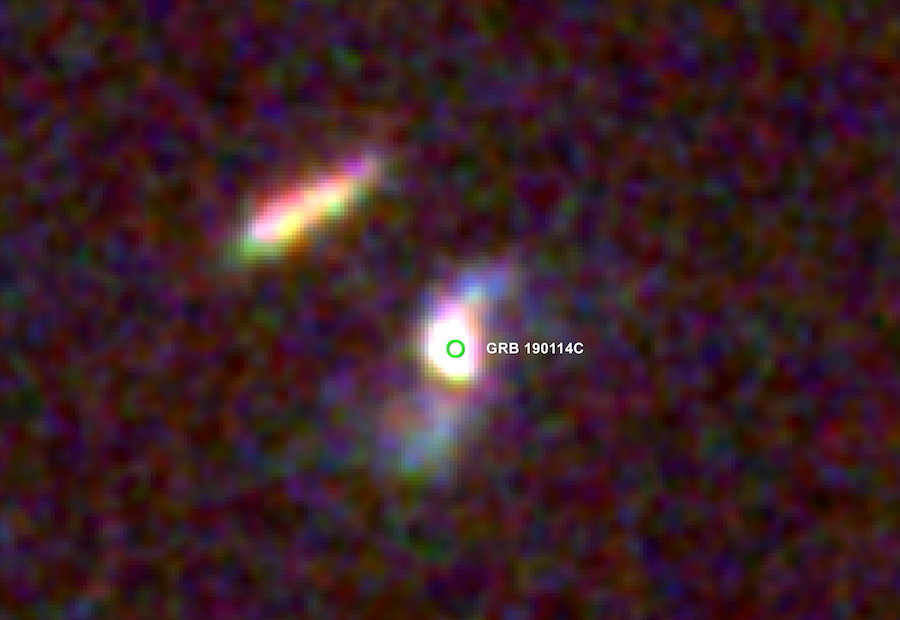Since the first hot Jupiter was discovered in 1995, astronomers have been trying to figure out how the searing-hot exoplanets formed and arrived in their extreme orbits. Johns Hopkins University astronomers have found a way to determine the relative age of hot Jupiters using new measurements from the Gaia spacecraft, which is tracking over a billion stars.
Tag: Astronomy & Space
Researchers use ‘hot Jupiter’ data to mine exoplanet chemistry
After spotting a curious pattern in scientific papers – they described exoplanets as being cooler than expected – Cornell University astronomers have improved a mathematical model to accurately gauge the temperatures of planets from solar systems hundreds of light-years away.
ASU-led NASA Psyche mission offers free online course on team building from leadership experts
The new Psyche Mission Innovation Toolkit online course is designed to help learners understand the unique challenges of a diverse team and provides tools to help address these challenges and take actions to be more successful in working with others. Image by ASU Continuing and Professional Education

Researchers Discover Highest-Energy Light From a Gamma-ray Burst
An international team of researchers, including two astrophysicists from the George Washington University, has observed a gamma-ray burst with an afterglow that featured the highest energy photons—a trillion times more energetic than visible light—ever detected in a burst.